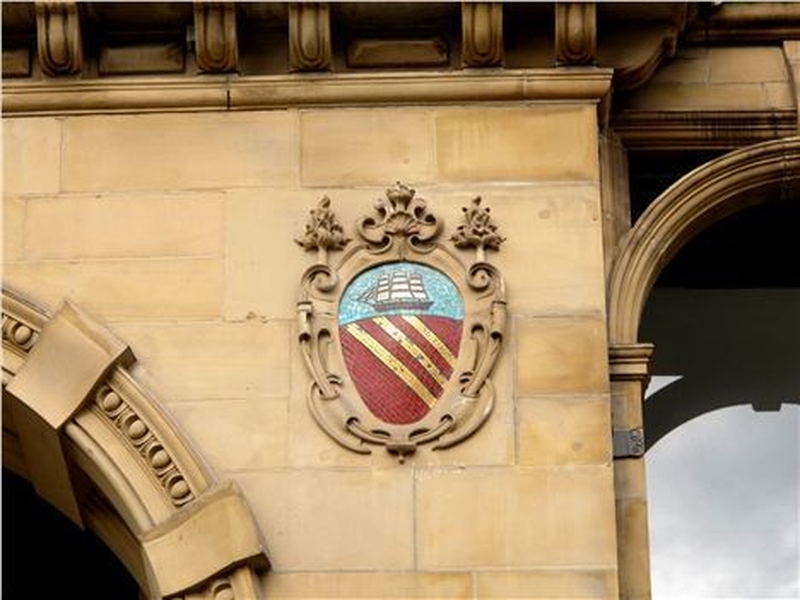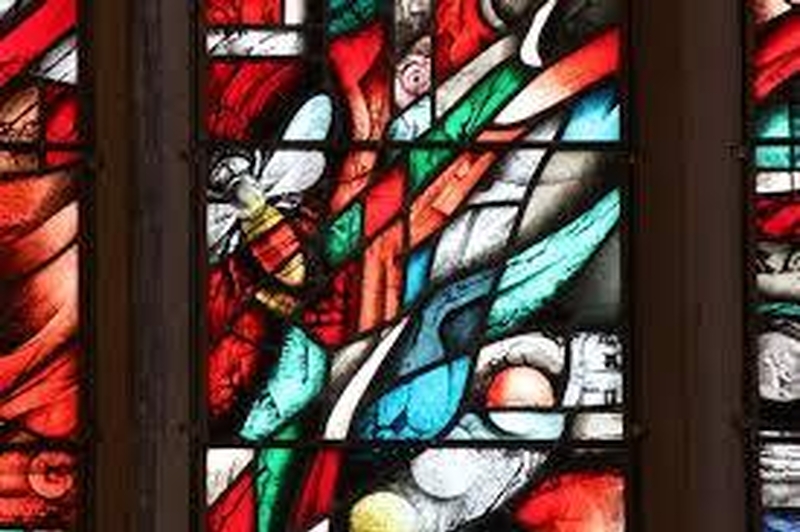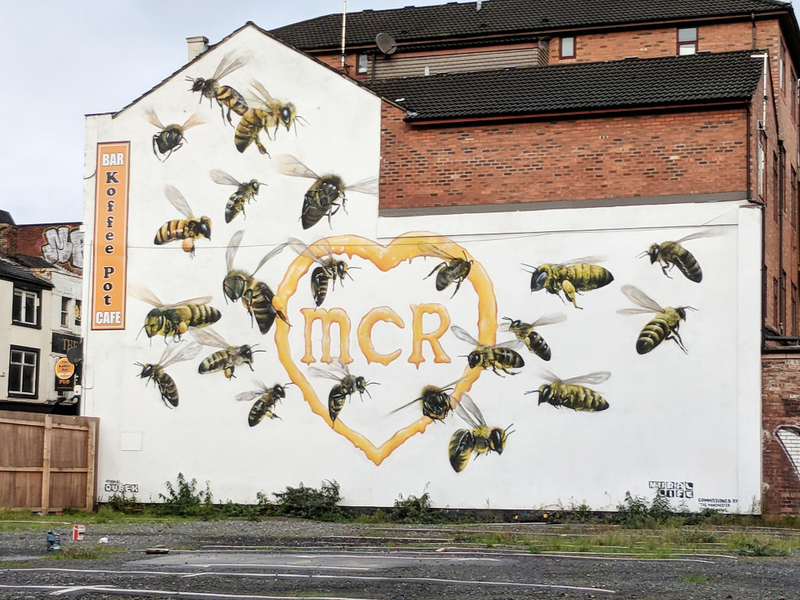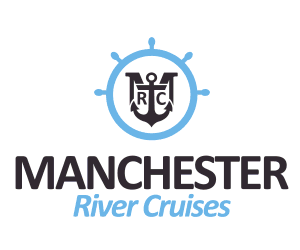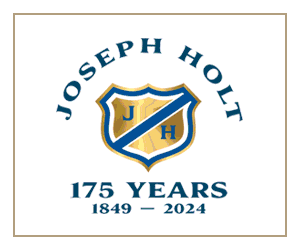Jonathan Schofield says when this is all over let's design in some identity
IN 1842 Manchester was granted its coat of arms.
For almost a century after that date, architects and their clients fell in love with it as a decorative motif. They put it up complete, or they twisted and broke it, using the component parts to add richness and texture to their work.
Local pride, and pride in working in a locality, is good, and helps build self-esteem all round
Surprisingly they not only did this on Manchester Corporation (today’s City Council) property but on their own commercial premises.
It was almost if businesses, and not just Manchester-owned businesses, wanted to underline how proud they were to build in the city and work with its people. The coats of arms were literally badges of honour and identity.
My favourite is the stylised terracotta shield and globe from the coat of arms, in a beautiful warped Art Nouveau design, high on St George's House (formerly The YMCA) on Peter Street - see main image. This dates from 1907-11 and the same architects had been involved in London Road Fire Station a year before, which, of course, used all manner of symbolism from the coat of arms.
Perhaps the greatest feast of representation on a commercial building is with the the former Refuge Assurance (now Kimpton Clocktower Hotel) with huge numbers of sailing ships and bees from the coat of arms. There are also bees, ships and city shields on the great buildings of the interwar period such as the Midland Bank (now Hotel Gotham) and Lloyd's Bank (now The Offices, 53 King Street).
The grandest of all the representations is, aptly, the one in the Town Hall Extension from 1938 and an epic representation of city pride. There's a picture below.
Then it all stopped.
It's a struggle to find any post-World War II buildings, civic or commercial, that display the coat of arms.
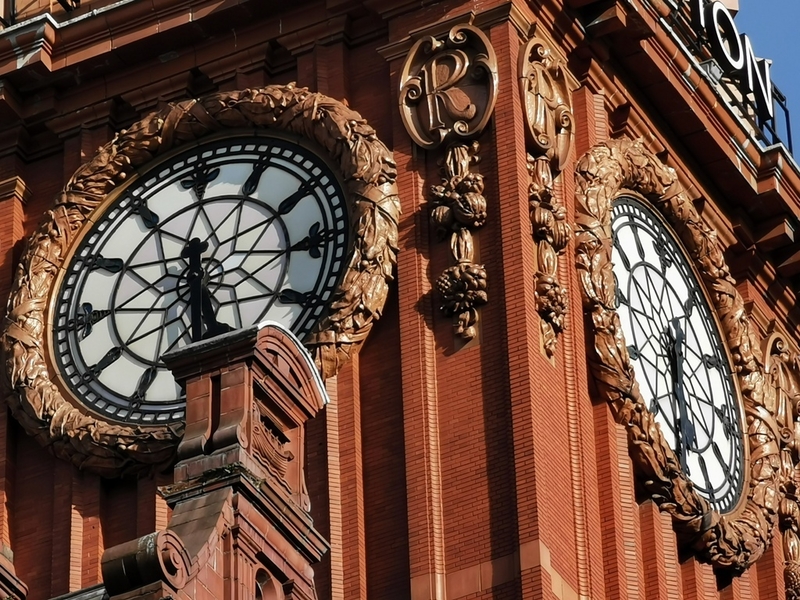
Why did architects stop using the coat of arms?
Had the civic force weakened, had the desire to be connected to the community slackened as the international significance of Manchester and its manufacturing power base diminished? Probably.
Or maybe as the International Modern movement and Brutalism became the architectural styles of choice, designers found it difficult to incorporate rich decoration on their glass, concrete and iron structures. Although it would have been easy to do so if they'd really wanted, with etched glass, tile, mosaic and so on.
A couple of non-City Council organisations still sport the city coat of arms proudly, and one of these doesn't technically lie within the city boundaries.
Manchester United and City, when playing in overseas competitions used to carry the city crest on their blazers because they were representing the whole of Manchester and not just the club. If it were simply the latter then they would have used their own coat of arms. Commercial sponsorship has put paid to that tradition and that’s sad and mean-minded.
Still, both clubs carry that stirring sailing ship that tops the shield on the coat of arms. City even have the three bars on the shield on their badge, and a red rose for Lancashire.
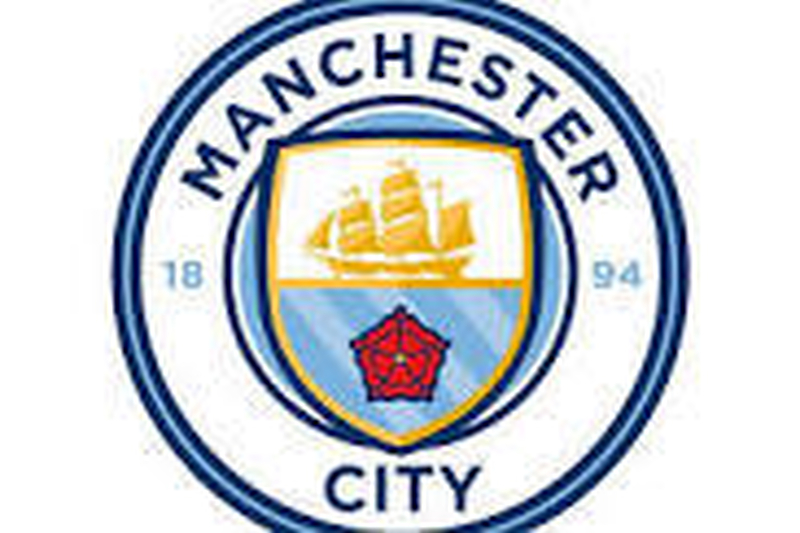
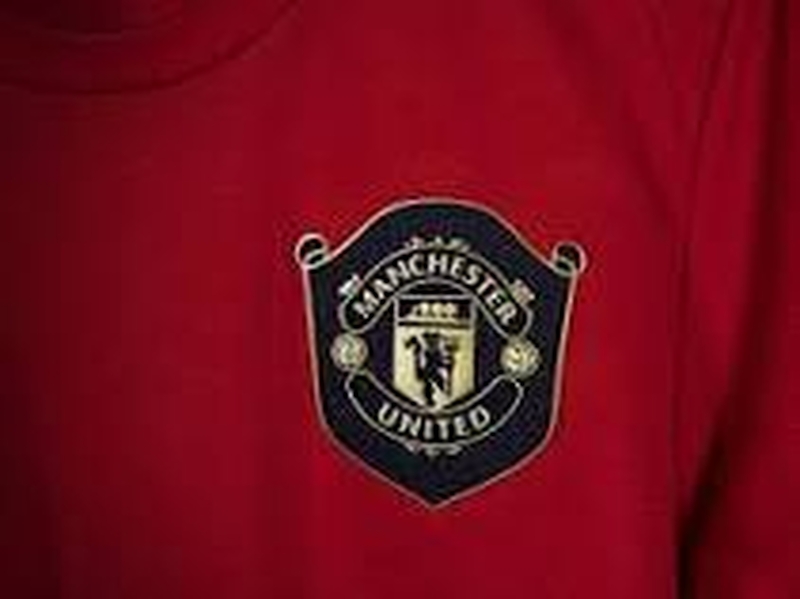
It's interesting to note that it was the ship on the coat of arms that caught Manchester's imagination more than the bee. The ship symbolised our trade and ideas, our global influence and it was placed on the coat of arms way before the Ship Canal opened.
It said, this inland city has risen to be a port for the world in receiving raw materials and in spreading textiles and engineering across the planet, along with a philosophy of free trade, that nations should not impose tariff barriers on each other but should allow their citizens to do business freely.
As far as I am aware, and I've looked, Manchester is the only inland city in the UK honoured with a coat of arms featuring an international sailing ship.
By the nineties and noughties building boom, architects seemed to have forgotten that Manchester's coat of arms had ever been such a decorative paradigm. A tragedy has turned that.
Until the awful 2017 Arena attack in which 22 people lost their lives, the bee on the coat of arms was a civic symbol (the reason behind the bee is explained below). You found it on the Town Hall, on bins, benches and lamp posts. After the attack it became a popular symbol embraced by the people as their motif. It was embraced so tightly and shown off to such affect during the One Love benefit gig that followed the attack and then subsequently, that it has become known internationally as the symbol of the city.
The Bee in the City event reinforced this with its huge casts of bees scattered across Manchester.
Every international guest I take around on tours ask first, what is it with the bee? Even commercial developers are now employing the symbol again. This is very welcome. The time is ripe for a resurgence in Manchester's coat of arms being designed onto buildings. Local pride, and pride in working in a locality, is good, and helps build self-esteem all round.
The coat of arms explained
Granted in 1842, the three bands in the shield are derived from the arms of the former Lords of the Manor of Manchester, the Gresleys.
At the top there's a ship in full sail, symbolising international trade and enterprise.
The three bands on the shield, which originally featured on the coat of arms of former Lords of the Manor, the Gresleys, have, over time, come to represent the three rivers in the city centre; the Irwell, the Irk and the Medlock.
The coat of arms is crowned by a globe covered with bees. The worker bee - Manchester was often described as 'a hive of activity' - is Manchester's symbolic animal, and is shown covering the globe. This is because the city's industry, its scientific achievements, and its political credo of free trade, had influence over the whole planet. There are seven bees, because our business is across the seven seas. The bee is a worker bee so always female.
The supporters, an antelope and a lion, come from the arms of King Henry IV, Duke of Lancaster - Manchester is traditionally in Lancashire. The lion is an obvious symbol of authority, bravery and strength.
The antelope, complete with a chain to mark Manchester's industry, is a symbol of harmony, polity (negotiation is better than conflict) and peace.
This marries perfectly with the city motto; Concilio et Labore. The latter Latin tag means 'Through council and hard work' or 'By working together let's achieve great things.'
This is derived from a biblical phrase in Ecclesiasticus 37:16: 'Let reason be the beginning of every work and let counsel go before every action.'
Jonathan Schofield offers regular tours of the city including pub tours. The tours cover a huge range of themes and topics - here's a list. With every voucher people receive a daily weekday gift. Gift vouchers can be purchased via this link.
